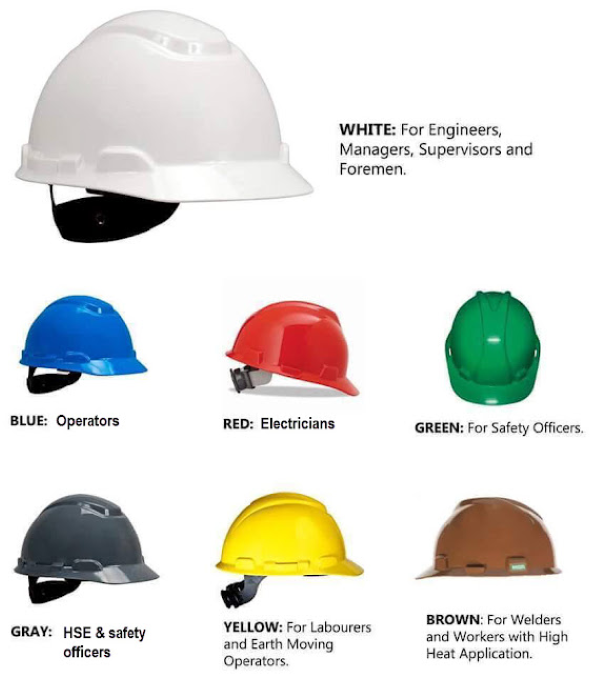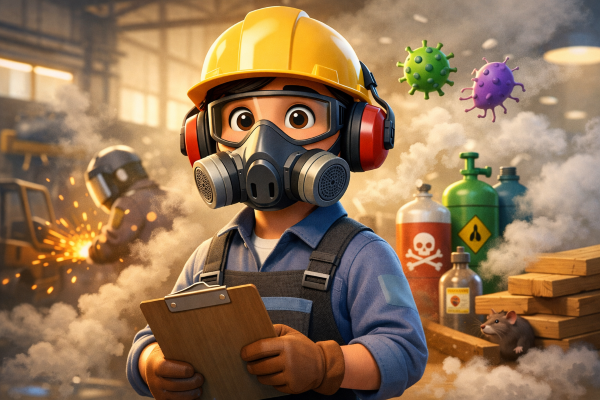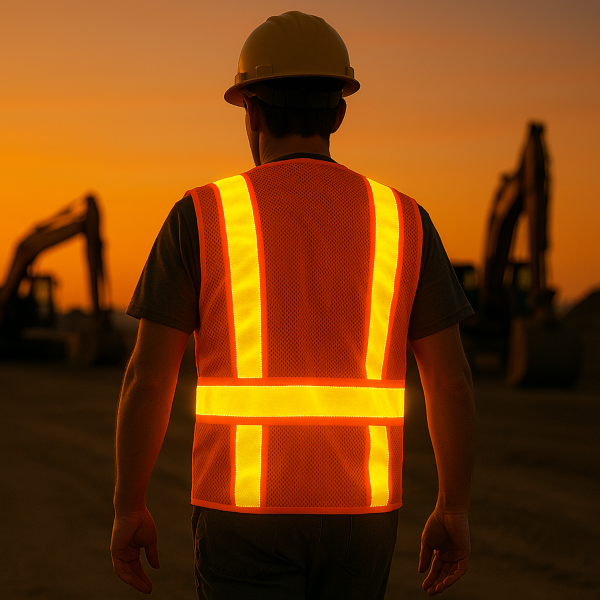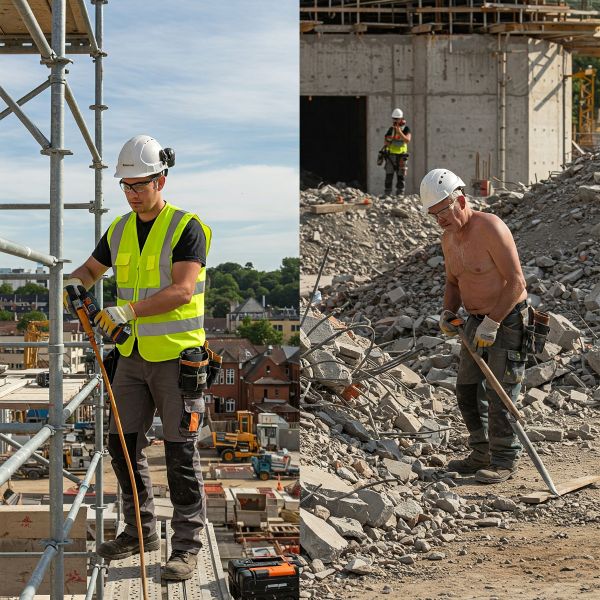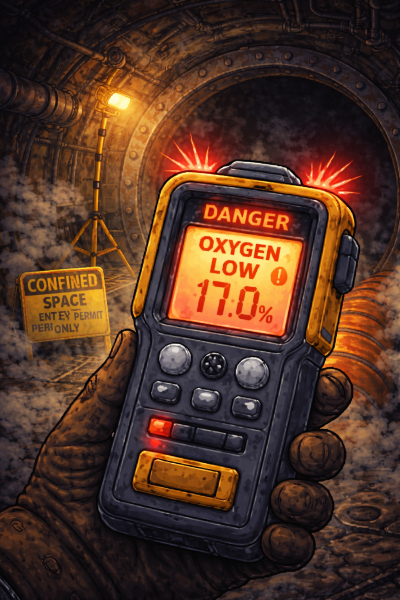Ever Wonder Why Hard Hats Come in Different Colors? Here’s the Real Reason
When you step onto a construction site, one of the first things you’ll notice is a sea of colorful hard hats bobbing around. But have you ever wondered why hard hats come in different colors? Are they just for style, or do they actually mean something important?
Turns out, the colors of hard hats aren’t random at all. They play a vital role in maintaining safety, organization, and communication on the job site. In this blog post, we’ll dive into the real reasons behind hard hat color codes, what each color usually signifies, practical examples, and how you can easily identify who’s who on a busy site.

The Purpose Behind Hard Hat Colors
At their core, hard hat colors serve two critical functions:
- Identification: Quickly identifying a worker’s role, skill set, or visitor status.
- Safety: Enhancing jobsite communication and ensuring the right people are easy to locate in emergencies.
Different companies might tweak the rules slightly, but there’s a general industry standard that’s widely followed.
Common Hard Hat Colors and What They Mean
Let’s break down the most commonly seen hard hat colors and their usual meanings:
| Color | Common Role |
|---|---|
| White | Managers, Engineers, Supervisors, Foremen |
| Yellow | General Laborers, Earth-Moving Operators |
| Blue | Electricians, Carpenters, Technical Operators |
| Green | Safety Inspectors, New Workers, Trainees |
| Red | Fire Marshals, Emergency Personnel |
| Orange | Road Crews, Site Visitors |
| Brown | Welders, Workers Exposed to High Heat |
| Gray | Visitors (alternative to orange in some cases) |
| Pink | Temporary use, often as a spare or penalty color |
Real-World Use Cases
1. Emergency Situations: In an accident, workers can immediately find a first responder wearing a red hard hat.
2. New Hires: Trainees often wear green hard hats so supervisors and experienced workers know to provide additional guidance.
3. Project Management: Foremen and supervisors wearing white hard hats are easy to locate when a quick decision or approval is needed.
4. High-Risk Tasks: Welders working with extreme heat are easily identifiable with brown hard hats, signaling special hazards to others.
Variations Across Sites and Companies
While there is a generally accepted color system, it’s important to note that:
- Some companies create their own color systems.
- Specific projects (especially government contracts) may have strict guidelines.
- Different regions or industries (like mining or oil & gas) may follow unique standards.
Always check the site-specific rules whenever you start a new project.
Safety Tips Regarding Hard Hats
- Never Paint Your Hard Hat: Chemicals in paints can weaken the shell.
- Inspect Regularly: Look for cracks, dents, or UV damage.
- Replace When Necessary: Hard hats generally have a service life of 5 years. Replace sooner if they show damage.
- Wear Correctly: Always wear the chin strap if required and adjust the suspension for a snug fit.
- Know the Standards: In the U.S., OSHA and ANSI set the regulations for hard hat performance.

Choosing the Right Hard Hat
When selecting a hard hat for yourself or your crew, consider these factors:
- Material Type: Polyethylene for general use, fiberglass for heat resistance.
- Suspension Type: Ratchet vs. pin-lock systems.
- Electrical Protection: Class G, E, or C ratings.
- Comfort Features: Padding, ventilation, and weight all impact wearability.
Choosing the correct color based on job function is just as important as choosing the correct type of hard hat.
Visual Quick Guide: Hard Hat Color Summary
| Color | Typical Wearers |
| White | Supervisors, Engineers |
| Yellow | General Workers |
| Blue | Skilled Trades (Electricians, Carpenters) |
| Green | Safety Staff, Trainees |
| Red | Emergency Responders |
| Orange | Road Crews, Visitors |
| Brown | Welders |
| Gray | Site Visitors (alternative) |
| Pink | Spare/Temporary Use |
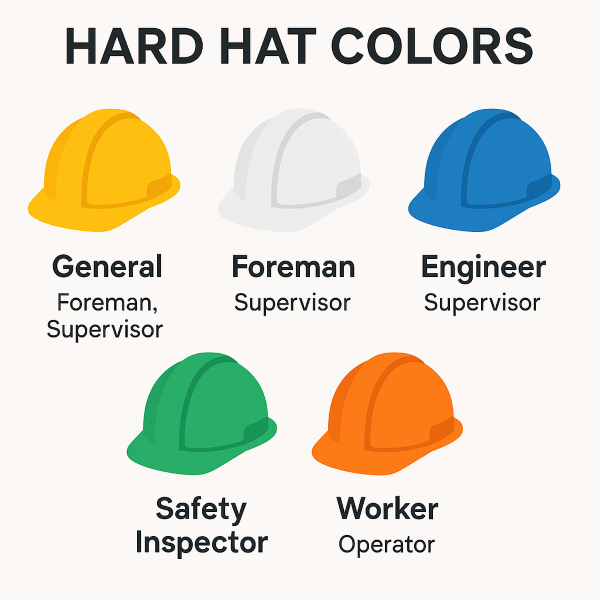
Conclusion: More Than Just a Pop of Color
The next time you step onto a construction site, you’ll know that hard hat colors aren’t just about aesthetics. They’re an essential part of site safety and communication, helping everyone work more efficiently and securely.
Whether you’re managing a crew, visiting a site, or starting your first day in construction, understanding the color coding system gives you an extra edge in navigating the jobsite.
Stay safe, stay smart, and always know what the color of a hard hat is telling you!

